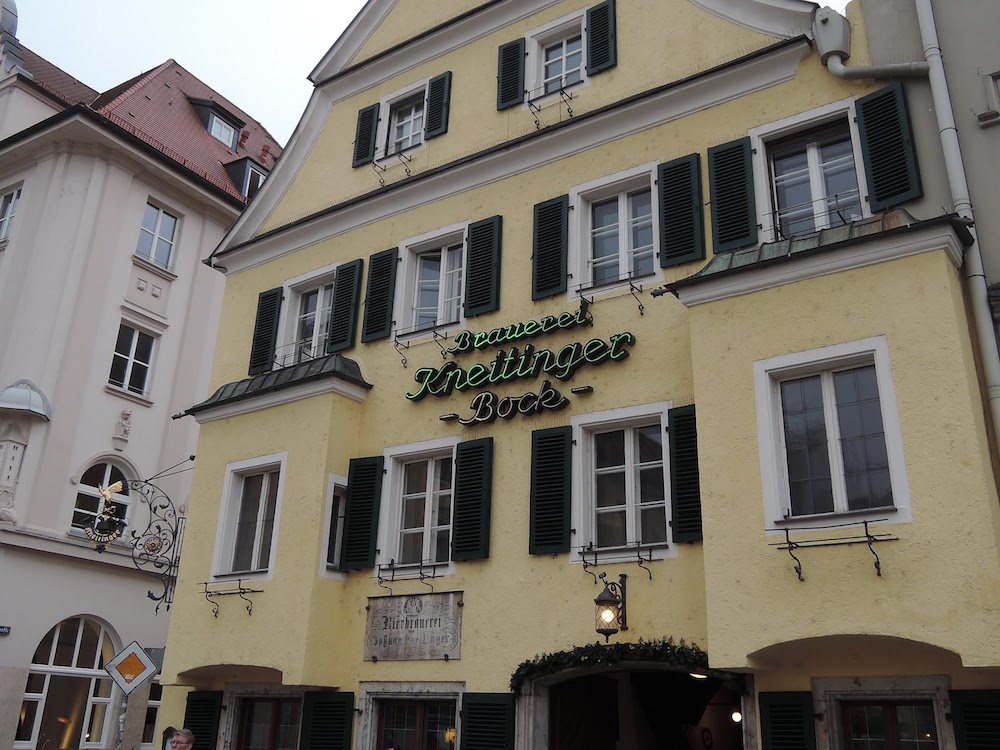Craft variants of strong industrial lagers, often termed “Imperial” pils, and the like, have yet to impress. However, other styles from the back catalogues of central European brewing can be highly impressive.
See also: Baltic Porter
Dunkles Bock

Dark, rounded, heavily malt-driven and with its hops in close check, this stronger lager (6.3-7.2% ABV) become popular as an autumn beer, as maltsters and brewers cleared space in their grain stores for the new crop. Originally from the north German trading town of Einbeck in the time of the Hanseatic League (13th to 16th centuries), its revival dates from 17th century Munich. Similar beers termed bok in Norway, and herfstbok (or bokbier) in the Netherlands, are drier, and in the latter case often top-fermented.
Helles Bock (and Mai Bock)
A firm, malt-driven stronger lager (6.3-7.5% ABV), typically somewhat hoppier than its darker autumnal equivalent. Seeing it either as a pale form of Dunkles Bock or a stronger form of Helles or Märzen is equally acceptable. Historically Mai Bock was a seasonal beer that started to appear around April in northern Germany. The name Helles Bock implies a year-round beer. The Netherlands has a similarly seasonal, slightly lighter and sweeter beer, called meibok or lentebok.
Doppelbock
Perhaps the greatest of all the full-malt beer styles should be lush and warming rather than roasted or burnt. Strong (7.2-9.5% ABV) and with low carbonation, it is can take on a wide range of colours, from deep golden to dark brown. The style may have first been made in a monastery in Munich, the beer being so high in grain that it earned the description “liquid bread”. Modern examples are more attenuated, and tend to take brand names ending in “-ator”.
Eisbock
The name ‘Ice’ Bock comes from the brewer’s use of freezing some water out of a completed Doppelbock to make this intense style. Most are brewed from malted barley but a few are wheat beers. The best examples are almost oily and memorably smooth, while the worst taste like ugly attempts to get a place in that brewery-sponsored book of world records.
[next_previous_links_for_siblings]
